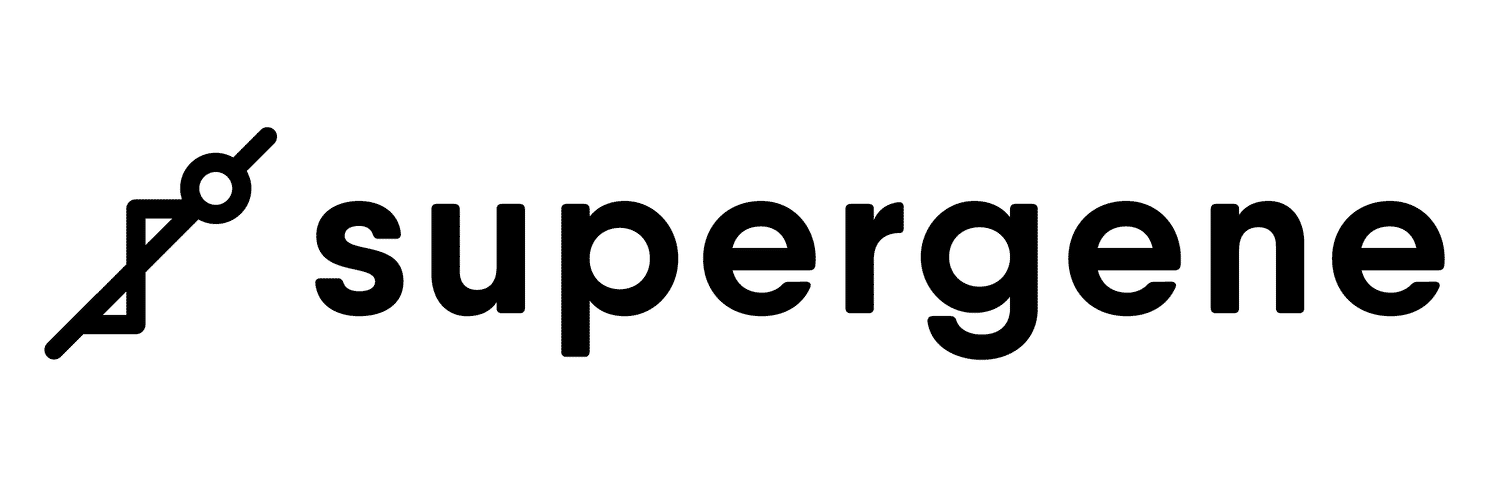Article
作者: Kulabukhov, Vladimir V. ; Omelchuk, Alexander M. ; Orlov, Bogdan B. ; Imad, Merai ; Soplenkova, Anna G. ; Solovyeva, Natalya V. ; Tarkhanov, Roman V. ; Komarnitskaya, Mariya I. ; Konstantinov, Sergey L. ; Kulibaba, Elena V. ; Yavelov, Igor S. ; Shogenov, Zaur S. ; Vyshlov, Eugene V. ; Kirienko, Alexander I. ; Leontyev, Stanislav G. ; Agirov, Murad M. ; Bogomazov, Ivan Yu ; Savvinova, Polina P. ; Veremeychuk, Petr V. ; Shakhnovich, Roman M. ; Bobkov, Vladimir V. ; Kashtalap, Vasily V. ; Vlasov, Petr N. ; Mullova, Irina S. ; Yasnopolskaya, Natalya V. ; Tolmacheva, Valeria Yu ; Yu Chefranova, Zhanna ; Sorokina, Anna S. ; Archakov, Alexander I. ; Furman, Nikolai V. ; Talibov, Oleg B. ; Ponomarev, Eduard A. ; Karabach, Yuriy V. ; Maksimov, Dmitry B. ; Rybin, Eugene V. ; Teterina, Marina A. ; Kutsenko, Vladimir A. ; Ivanov, Sergey V. ; Lykov, Yury A. ; Koledinskii, Anton G. ; Pribylov, Sergey A. ; Panina, Elena S. ; Libov, Igor A. ; Komissarova, Ekaterina V. ; Tereschenko, Sergey N. ; Pecherina, Tamara B. ; Zolkin, Vladimir N. ; Erlikh, Alexey D. ; Cherepanova, Natalya A. ; Ludnev, Leonid O. ; Kurtasov, Dmitry S. ; Linev, Kirill A. ; Yu Vasilieva, Elena ; Igoshin, Alexander S. ; Markin, Sergey S. ; Oleynikov, Valentin E. ; Klein, Harry V. ; Makukhin, Valery V. ; Avdeeva, Irina A. ; Semenov, Michail P. ; Duplyakov, Dmitry V. ; Stryabkova, Galina I. ; Semenov, Andrey M. ; Ivlev, Oleg E. ; Vyazova, Natalia L. ; Ivanov, Vladimir S. ; Beregovykh, Valery V. ; Yarovaya, Elena B. ; Rabinovich, Robert M. ; Komarova, Anna G.
BACKGROUND:Non-immunogenic staphylokinase is a modified recombinant staphylokinase with low immunogenicity, high thrombolytic activity, and fibrin selectivity.
OBJECTIVES:To assess the safety and efficacy of a single intravenous bolus of non-immunogenic staphylokinase compared with those of alteplase in patients with massive pulmonary embolism and hemodynamic instability.
METHODS:A randomized, open-label, multicenter, parallel-group, non-inferiority trial, the FORPE (FORtelyzin Pulmionary Embolism), was conducted in Russia. A total of 310 patients aged 18 years and older with computed tomography pulmonary angiography confirmed diagnosis of massive pulmonary embolism and right ventricular dysfunction were included. The patients were randomly assigned to receive either non-immunogenic staphylokinase (15 mg) or alteplase (100 mg), both administered intravenously. The primary efficacy endpoint was death from all causes within 7 days of randomization.
RESULTS:A total of 155 patients were randomly assigned to receive non-immunogenic staphylokinase, and 155 received alteplase. In the non-immunogenic staphylokinase group, the primary efficacy endpoint was 2% in the intention-to-treat population, while in the alteplase group, it was 3% (odds ratio, 0.75; 95% CI, 0.11-4.49; P = 1.00). The difference in the primary efficacy endpoint was 0.6% (95% CI, -2.8% to 4.0%). Thus, the lower limit of the 95% CI did not cross the margin of non-inferiority. No cases of major bleeding were recorded in the non-immunogenic staphylokinase group, whereas there were 5 cases of major bleeding (3%; P = .09) in the alteplase group.
CONCLUSION:Non-immunogenic staphylokinase was non-inferior to alteplase in patients with massive pulmonary embolism. Future observational studies are needed to assess its safety and efficacy.







